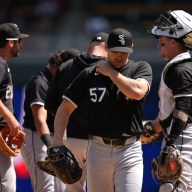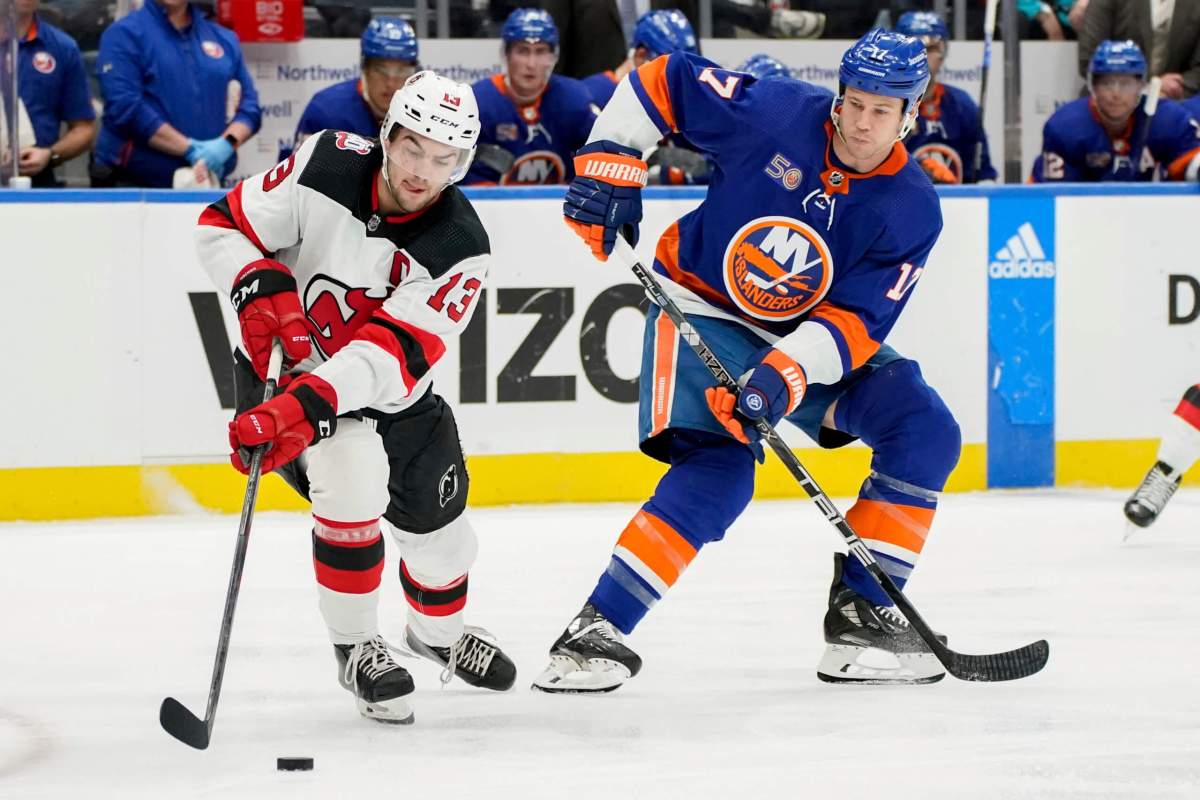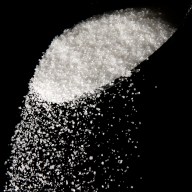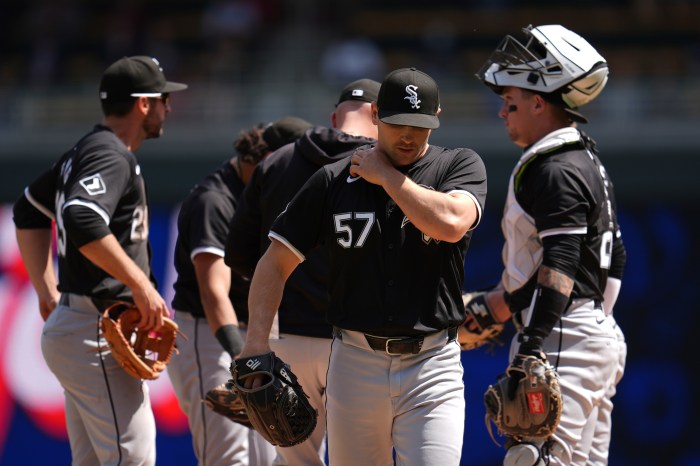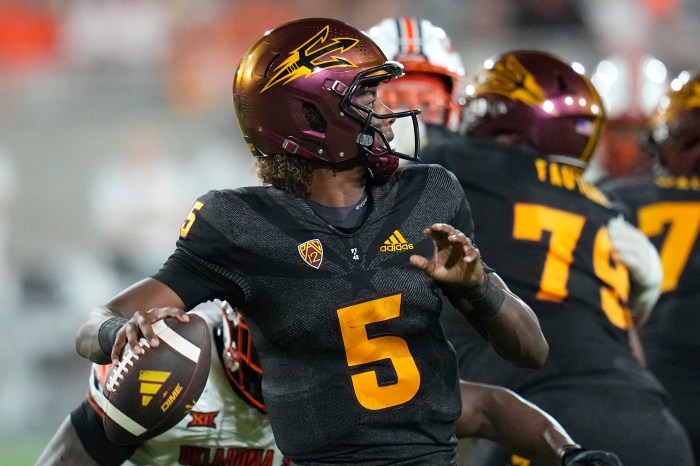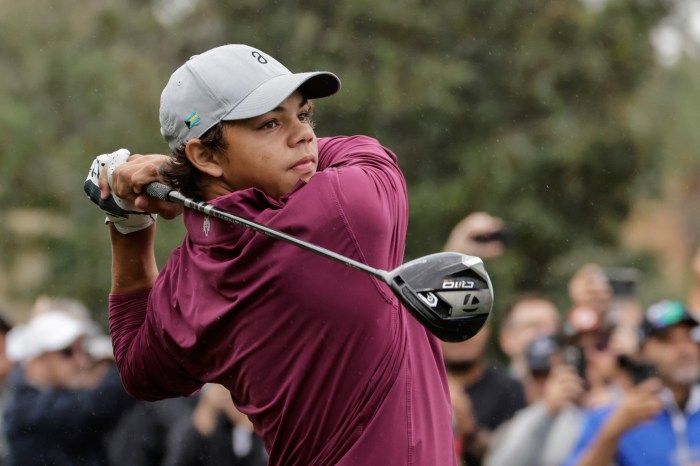By Andrew Both
AUGUSTA, Georgia (Reuters) – A pivotal hole, at a critical part of the round, the par-five 15th at Augusta National has catapulted some players to the Green Jacket while drowning the hopes of others.
From Gene Sarazen’s albatross in the final round in 1935 — the only two at the hole in tournament history — to Sergio Garcia’s 15-foot eagle en route to victory last year, the hole has been the scene of some of the U.S Masters’ most compelling moments.
Yet it has also exacted a heavy toll on others, not least Tiger Woods.
In 2013, he recorded a triple-bogey, which included a retroactive two-stroke penalty for taking an incorrect drop after his third shot had clattered against the pin and ricocheted back into the pond guarding the green.
To go for the green in two shots will be the question posed to competitors when the Masters gets underway on Thursday.
Downhill, measuring only 530-yards, the hole known as Firethorn is short by modern par-five standards.
It can play more as a par-four with an assisting wind, but as often as not is a genuine par-five, as evidenced by last year’s scoring average of 4.93.
While strategy can change from day to day, depending on weather conditions, hole location and the position where a tee shot stops, most players have a philosophy on how to approach the hole.
TWO PERFECT SHOTS
Adam Scott, for example, usually tries to reach the green with his second shot if only a five-iron or less club is required.
“Five-iron or less I’ll probably go for it,” 2013 champion Scott told Reuters on Tuesday. “I drive the ball well, so often I’m left there trying to guess what club I should hit down the hill.
“When the wind blows it’s very hard to be confident you’ve got the right club.”
Adam Hadwin, on the other hand, is more likely to opt for the more conservative route, a lay-up to set up a third shot from about 100 yards, if he feels any indecision.
Hadwin, in his Masters debut last year, had one birdie, two pars and one bogey.
“You really have to hit two perfect shots for it to be a birdie hole, two great ones for a chance of eagle,” said the Canadian.
“There’s just no room for error. A little short you’re in the water. A little long you’ve got a difficult up-and-down. So for me it all depends on the drive.”
DEVILISH PITCH
A second shot offers high reward, but also high risk. Judge and execute a shot well, usually from a downhill lie, and a player can find the putting surface and have a chance for a two-putt birdie or, occasionally, an eagle.
But land short of the green and a tightly-mown bank will repel the ball back down into a watery grave.
Firing a second shot over the green is no guarantee of success either, with an ever-present danger that the ball will take a hard bounce off a downslope and bound all the way into the pond on the adjacent 16th hole.
And even if water is avoided, a devilish pitch awaits, with par suddenly becoming a good score.
Scott estimates he has gone for the green with his second shot more than half the time over the years.
He has played the hole well, never making worse than double-bogey in 60 attempts, for a stroke average of 4.65.
The hole has not been kind to Marc Leishman, however. He has a career average there of 5.36, including a triple-bogey last year, when he twice found the pond in front of the green.
“I know I haven’t played it very well,” he said, describing it nonetheless as a “really good” hole.
Cameron Smith adopts a conservative philosophy and says there are very few scenarios in which he would not lay-up.
The wedge strategy was famously employed by Zach Johnson on all four days en route to victory in 2007.
The modern power player, however, is more likely to attack the hole, consequences be damned, which is why it could be the scene of high drama again this year, one way or the other.
(Reporting by Andrew Both; Editing by Toby Davis)

